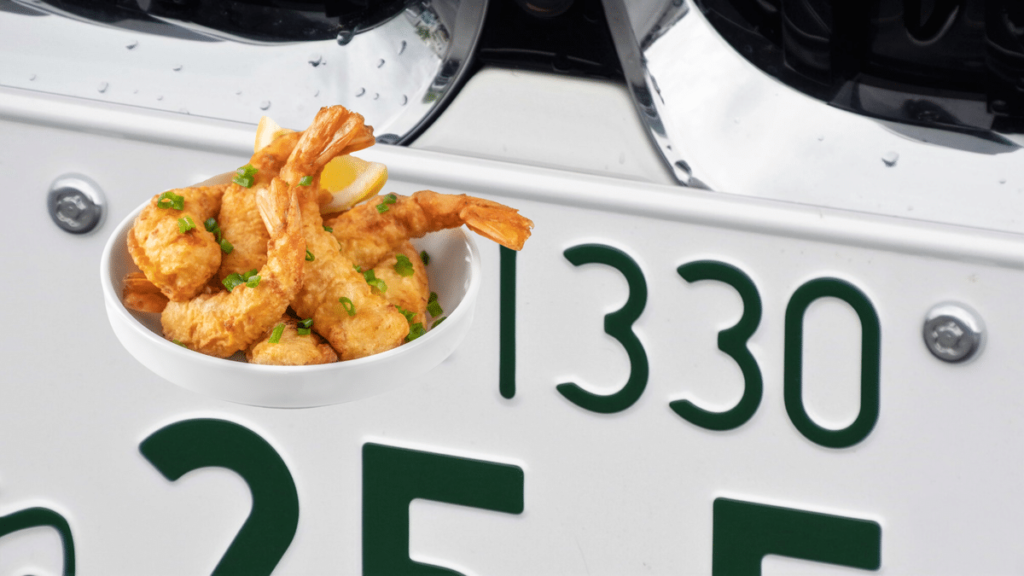[ad_1]
Sometimes appearances can be deceiving. That’s the case with a certain class of cars in Japan whose license plates don’t match the vehicle to which they’re attached. And while it may be a new phenomenon, the metaphor used to describe them dates back to the Meiji era.
All license plates in Japan follow a similar pattern, originally instituted in 1964. The top displays the local jurisdiction that issued the plate, followed by a three-digit number identifying the type and intended use of the vehicle. The vehicle-specific identifier includes a single hiragana character followed by a number up to four digits long.
As in other countries, however, all vehicles in Japan must have a vehicle identification number (車台番号; shadai bangou). These are issued by the manufacturer and registered with Japan’s Ministry of Transportation.
By law, the license plate and the VIN must match so that authorities can ascertain a vehicle’s inspection status. It also enables authorities to identify the driver. However, as Ruma News reports, some unscrupulous drivers are driving around with plates not tied to their VIN.
A delicious (and long-used) metaphor
These are “tempura plates” – so called because, like a piece of tempura cooked in thick breading, you can’t tell what’s inside.
Tempura, of course, is known and loved not just in Japan, but the world over. Japanese-style tempura originally came to the islands by way of Portugal in the 16th century. The fried food took on its current form sometime during the Edo era (which also saw the birth of nigiri sushi). However, it didn’t gain mass popularity outside of Nagasaki and the Kansai region until after World War II.
“Tempura” has served as a metaphor for “hiding something’s original contents” since around the Meiji era. In the 1970s, people who dressed up as students in order to attend courses at a university where they weren’t registered were called “tempura students” (天ぷら学生; tenpura gakusei).
The long arm of the law
Unless you’re pulled over by the cops, it’s not easy to get busted for using a tempura plate. Unless someone’s physically altered the plate or the data is inconsistent, it’s impossible for police to tell a plate’s been switched just from a glance.
However, that doesn’t mean you should attempt to get away with it. Creating a fake plate or using an altered plate is a serious crime. According to Section 98, Article 1 of the Motor Vehicle Law, anyone caught could be sentenced to up to three years in jail and ordered to pay a one million yen (around USD $7,77) fine.
According to Ruma News, the majority of tempura plates in Japan are used by criminals. So be a law-abiding citizen and save the tempura for your dinner plate.
What to read next
Spain’s “Otaku Burger” Draws Attention on Japanse Twitter
Sources
怪しいクルマ「天ぷらナンバー」の正体は? 日本代表料理が「偽物」表現として用いられる背景とは. Ruma News
天ぷら. Wikipedia JP
[ad_2]
Source link


